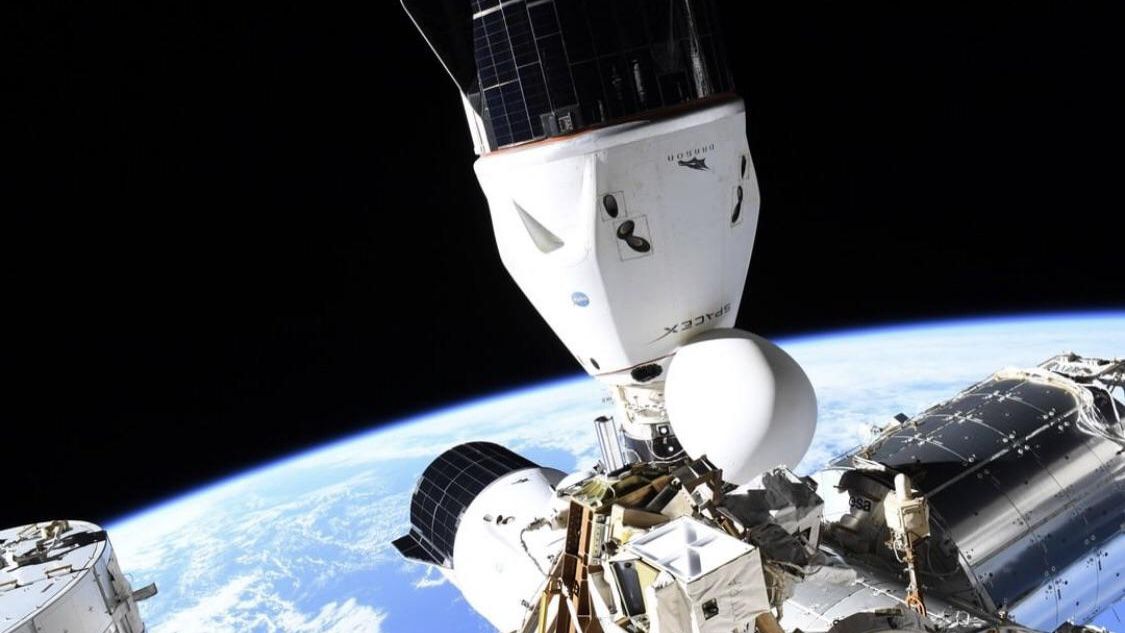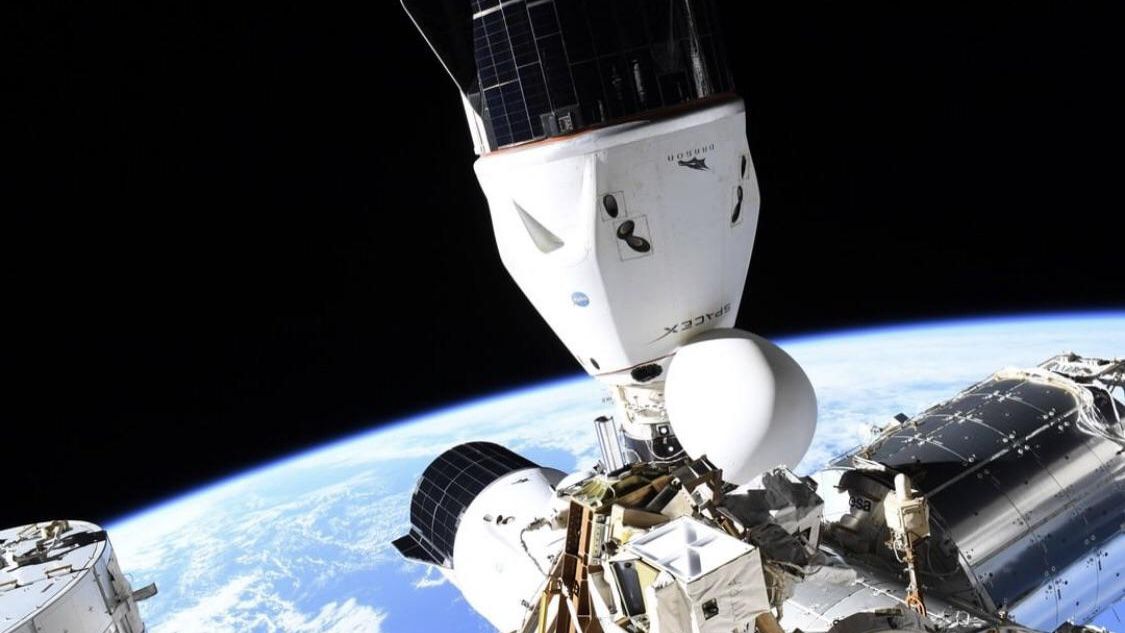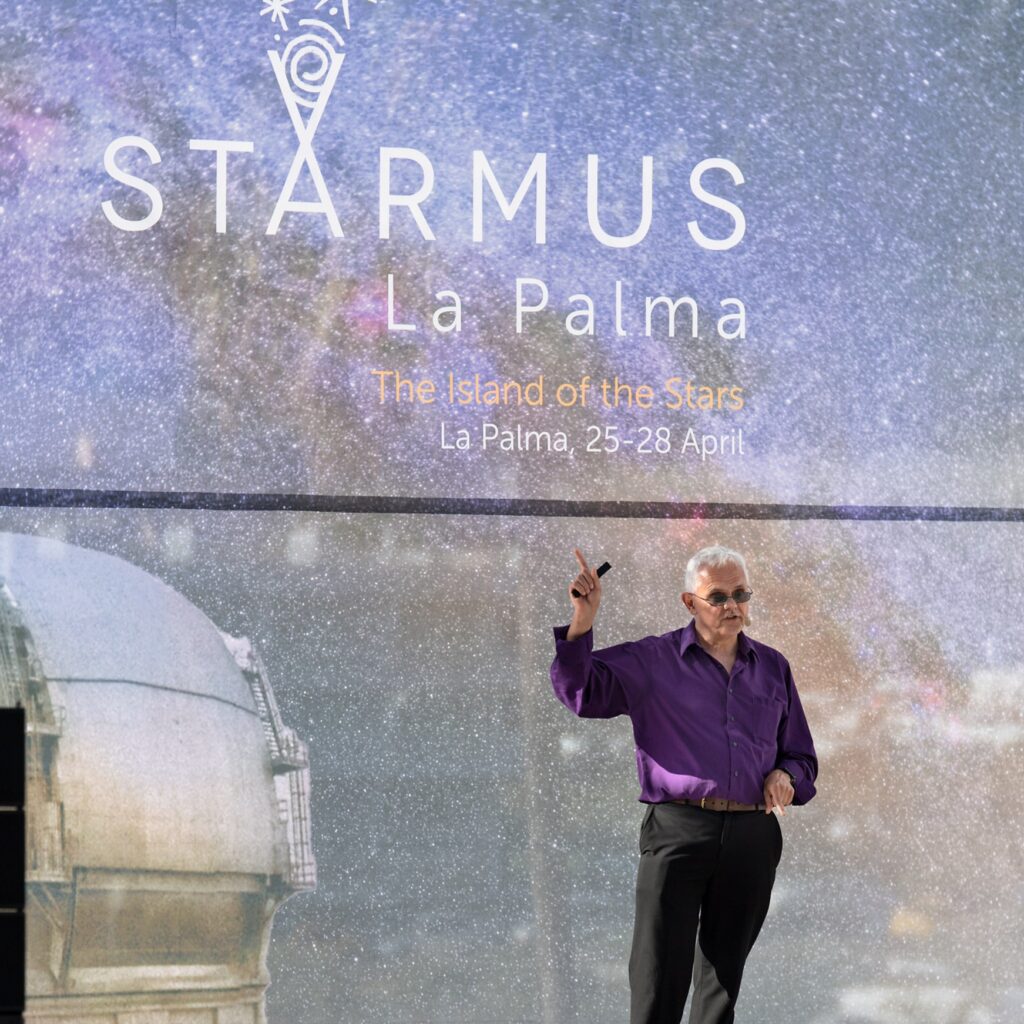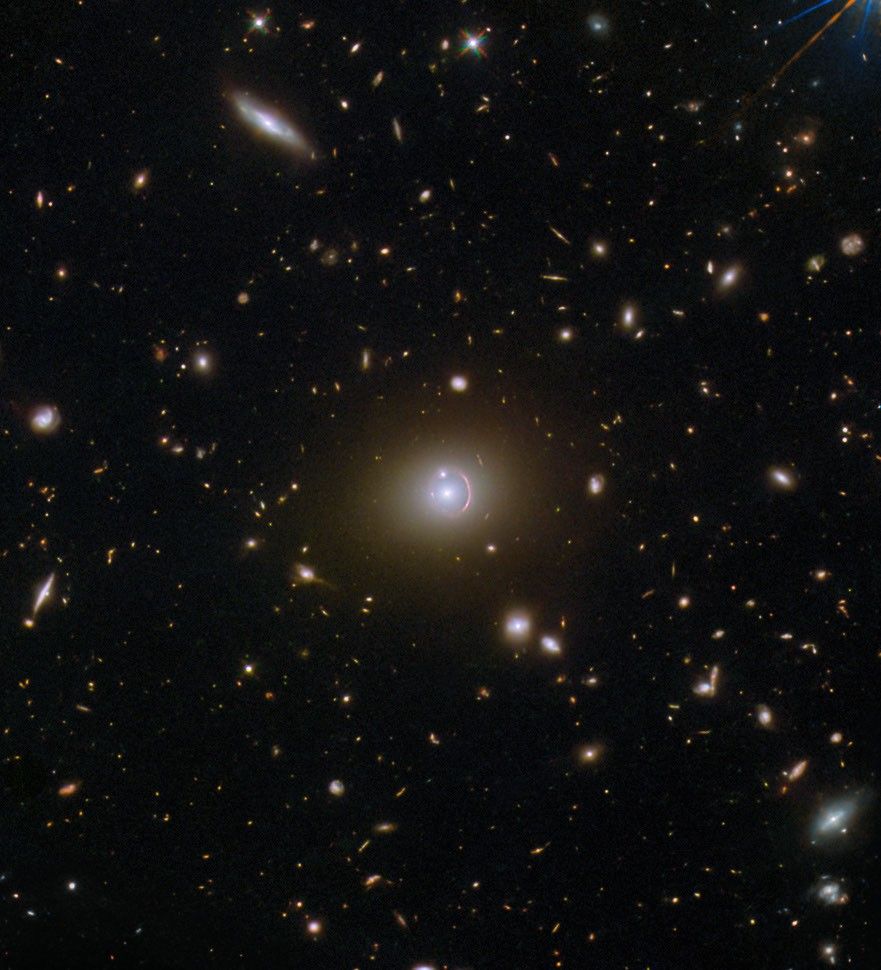
NASA has decided to shuffle around some SpaceX Dragon capsules in order to launch its Crew-10 mission to the International Space Station as soon as possible.
The agency is now targeting March 12 for the launch of Crew-10, which will carry three astronauts and a cosmonaut to the International Space Station (ISS). The four crewmembers are scheduled to ride a SpaceX Falcon 9 rocket to low-Earth orbit, and their seats on that rocket will be aboard the Crew Dragon Endurance capsule, NASA announced Tuesday (Feb. 11). Their arrival to the ISS will also offer relief to the Crew-9 astronauts currently aboard, who were originally slated to return in February.
Two members of Crew-9 especially, NASA astronauts Suni Williams and Butch Wilmore, will likely view Crew-10’s arrival as a welcome milestone in their long spaceflight journey. A successful Crew-10 docking would mean the duo can begin wrapping up their nearly ten-month stay on the ISS. The pair arrived to the orbital lab aboard Boeing’s Starliner spacecraft in June of last year — three months before their current Crew-9 companions did — and have been faced with a longer-than-expected excursion because their Starliner capsule had to return to Earth without them due to technical issues.
Starliner’s crewed flight test (CFT) with Williams and Wilmore was only supposed to last about 10 days — but thruster malfunctions during the craft’s ISS approach and docking procedures prompted NASA to extend the astronauts’ stay while the issues were investigated. In August, the agency officially decided to fly Starliner back to Earth uncrewed because those complications weren’t fully resolved; the Starliner astronauts’ mission plans therefore had to shift.
You may like
As such, the Crew-9 Dragon that was scheduled to arrive shortly following Starliner’s departure experienced a change in manifest. Only two of the four astronauts scheduled to fly aboard Crew-9 would launch to the space station, leaving two open seats for Williams and Wilmore on the return trip. Crew-9 launched Sep. 28, with NASA astronaut Nick Hague and Roscosmos cosmonaut Aleksandr Gorbunov. Their addition to the station meant Crew-8 astronauts, who had been living aboard the ISS for a typical six-month rotation, would soon be returning to Earth aboard their own Crew Dragon — just as Crew-9 will after the the relief of Crew-10’s arrival.
It seemed, for a time, that relief was continually getting kicked further and further down the line for Williams and Wilmore. In December, NASA announced a delay in the launch of Crew-10 to “no earlier than late March.” That delay, the agency revealed, was to allow time for SpaceX to finish the manufacturing of a new Crew Dragon spacecraft being built for the mission.
Since then, media coverage of Wilmore and Williams’ situation has been widespread, often misleadingly labeling the pair as “stranded astronauts.” This outcry has coincided with the recent change in White House administration, and it soon became apparent that even escaping the Earth wasn’t enough to free Williams and Wilmore from becoming part of the online fodder that often accompanies heated political races.
Just a week after his inauguration, President Donald Trump posted on X, declaring that he instructed his close advisor, SpaceX CEO Elon Musk, “to ‘go get’ the 2 brave astronauts who have been virtually abandoned in space by the Biden Administration.” As SpaceX CEO, Musk would have been aware that his company’s Crew-9 Dragon and Russia’s Soyuz capsule were both ready and available as lifeboats for the station’s entire crew in the event of an emergency. He also would have known of NASA’s plans to return the astronauts back home safely. Still, he doubled down and posted that it was “terrible that the Biden administration left them there so long.”
At the time, NASA assured that the agency and SpaceX were “expeditiously working to safely return the agency’s SpaceX Crew-9 astronauts…as soon as practical, while also preparing for the launch of Crew-10 to complete a handover between expeditions.”
Now, Crew-10 is headed to space earlier than expected.
Rather than wait for SpaceX to finish manufacturing a new Dragon capsule for Crew-10, NASA decided to launch the mission on a flight-proven spacecraft — in this case, Crew Dragon Endurance. The decision, NASA said in Tuesday’s release, was made as the new spacecraft faced additional processing time to finish the vehicle’s interior and pass qualification checks for operation. Endurance also flew SpaceX’s Crew-3, Crew-5 and Crew-7 missions, so readying the vehicle for flight is expected to take less time than the new Dragon’s completion.
Between now and Crew-10’s new target launch date of March 12, Endurance must undergo refurbishment, trunk stacking, propellant loading and transportation to SpaceX’s Launch Complex-39A hangar at NASA’s Kennedy Space Center, in Florida, for booster integration.
“Human spaceflight is full of unexpected challenges,” said NASA’s Commercial Crew Program manager Steve Stitch in the statement. “We greatly benefit from SpaceX’s commercial efforts and their proactive approach in having another spacecraft ready for us to assess and use in support of Crew-10.”
Related Stories:
Aboard Endurance for the Crew-10 launch will be NASA astronaut and mission commander Anne McClain, NASA astronaut and pilot Nichole Ayers, JAXA (Japan Aerospace Exploration Agency) astronaut and mission specialist Takuya Onishi, and Roscosmos cosmonaut Kirill Peskov. After a typical handoff period of a few days while ISS residents help the new crew get acclimated, Crew-9 will board their own Crew Dragon, Freedom, and prepare for departure.
Williams, Wilmore, Hague and Gorbunov will fly back to Earth likely sometime toward the end of March. When they do, weather permitting, they are scheduled to splashdown at one of several possible locations off the coast of Florida.



